The Role of Backlink Audits in Penalty Recovery

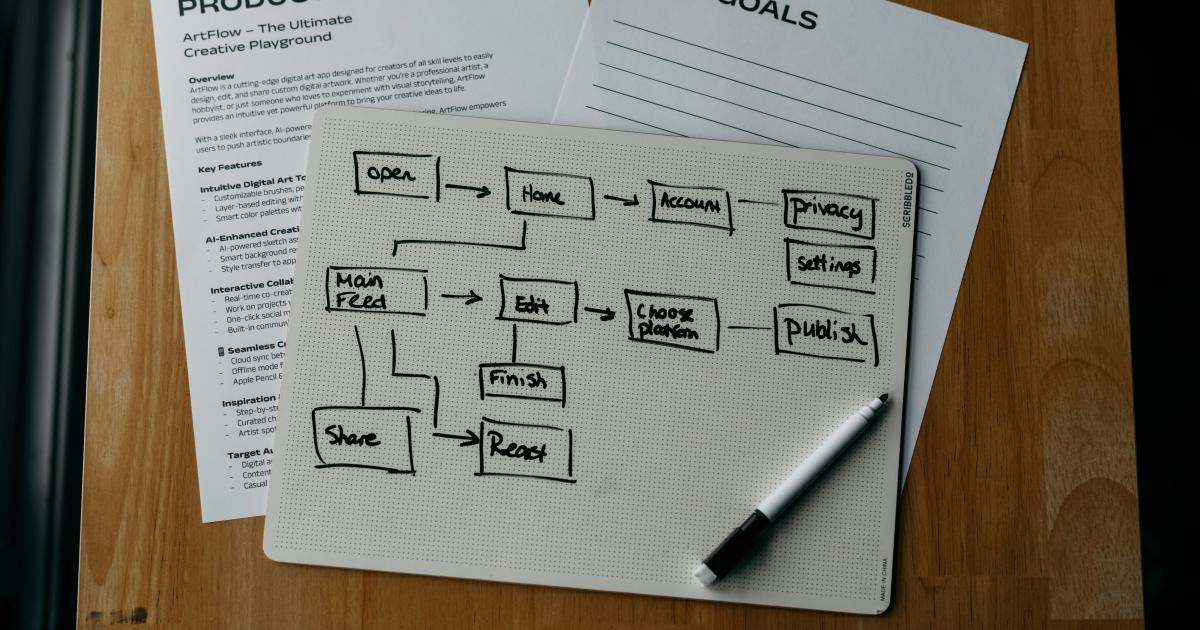
Introduction: Understanding Backlink Audits and Penalty Recovery
In the ever-evolving world of search engine optimization (SEO), maintaining a healthy backlink profile is crucial for a website's rankings and visibility. However, sometimes websites can fall victim to search engine penalties, often due to questionable backlink practices. When this happens, conducting a thorough backlink audit becomes a critical step in the penalty recovery process.
A backlink audit is the process of analyzing a website's incoming links to identify any potentially harmful or low-quality backlinks that could be harming the site's SEO performance. By identifying and addressing these problematic links, website owners can work towards regaining their search engine rankings and restoring their online visibility.
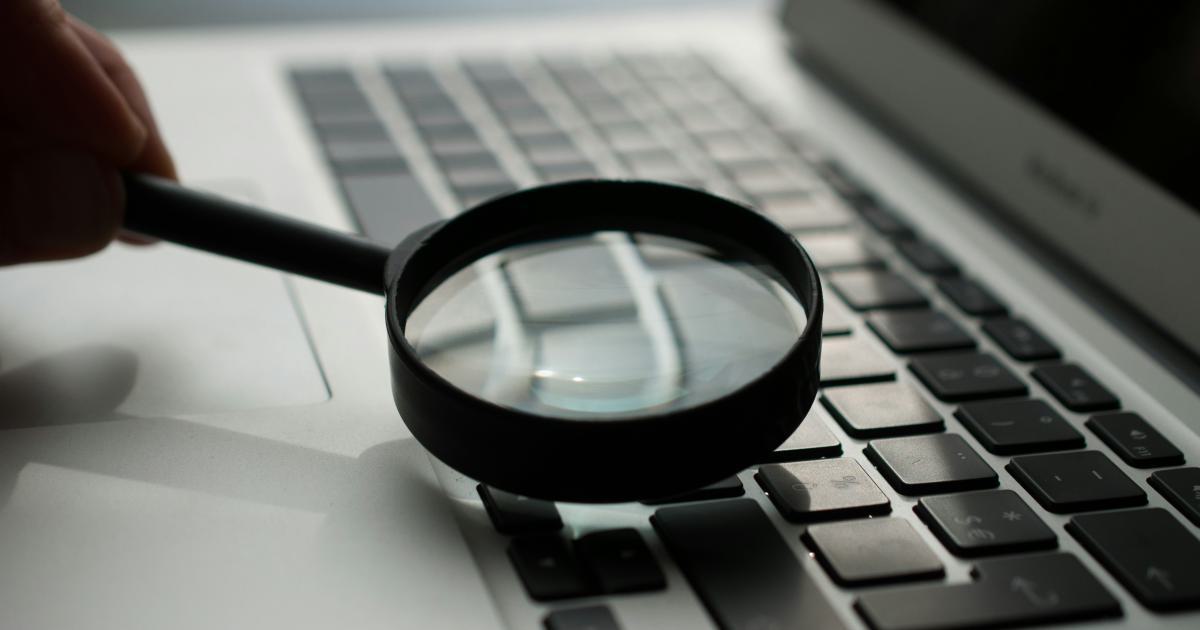
In this comprehensive article, we will explore the role of backlink audits in the penalty recovery process, providing you with a detailed understanding of the steps involved and the best practices to ensure a successful outcome.
The Importance of Backlink Audits in Penalty Recovery
When a website is hit with a search engine penalty, it's often due to the presence of low-quality or manipulative backlinks in its link profile. These types of links can trigger algorithmic penalties or manual actions from search engines, leading to a significant drop in search engine rankings and organic traffic.
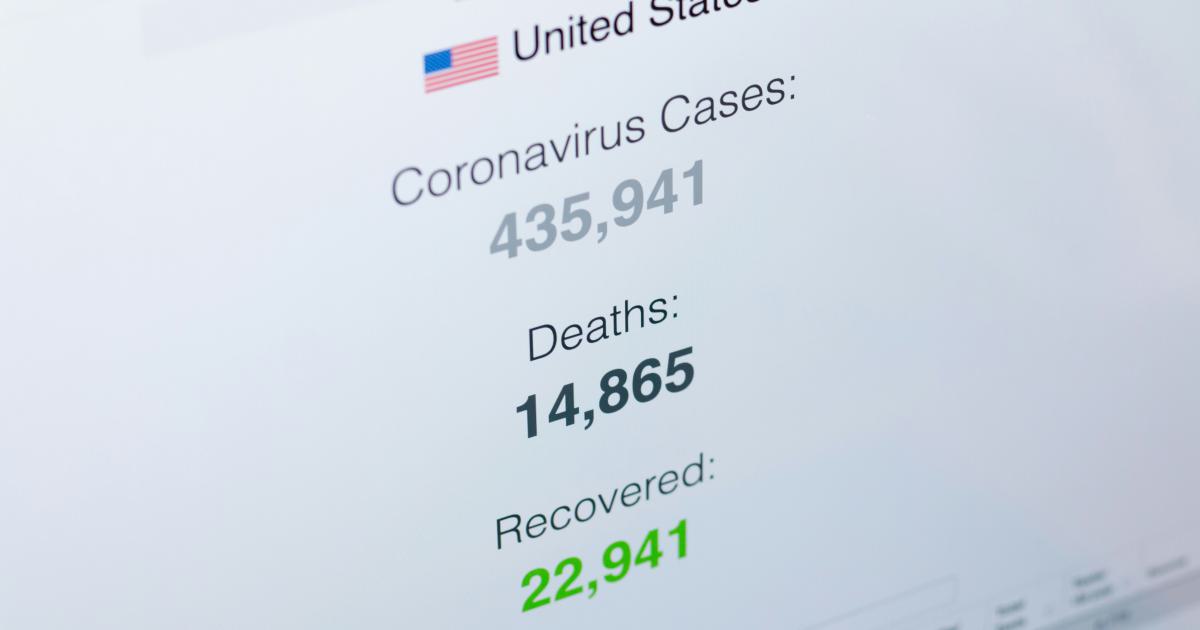
Conducting a backlink audit is crucial in the penalty recovery process because it helps identify the root cause of the problem. By analyzing the website's backlink profile, you can pinpoint the specific links that are causing the penalty and take appropriate actions to address them.
Identifying Harmful Backlinks
One of the primary goals of a backlink audit is to identify any harmful or low-quality backlinks that may be negatively impacting the website's SEO performance. These can include:
- Spammy or irrelevant links
- Links from link farms or private blog networks (PBNs)
- Links from websites with poor content or user experience
- Links from sites with unnatural anchor text
- Links from pages with thin or duplicate content
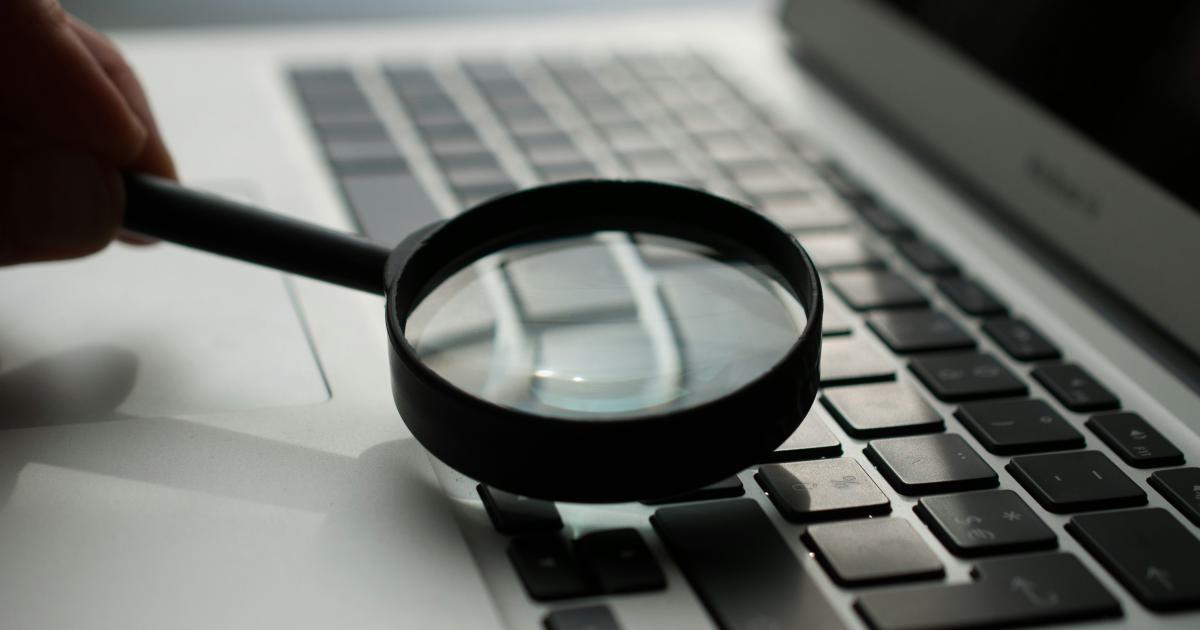
By identifying these problematic links, you can then take the necessary steps to remove or disavow them, which is a crucial step in the penalty recovery process.
Disavowing Harmful Backlinks
Once the harmful backlinks have been identified, the next step is to disavow them. Disavowing is the process of informing search engines that you do not want these links to be considered as part of your website's backlink profile.
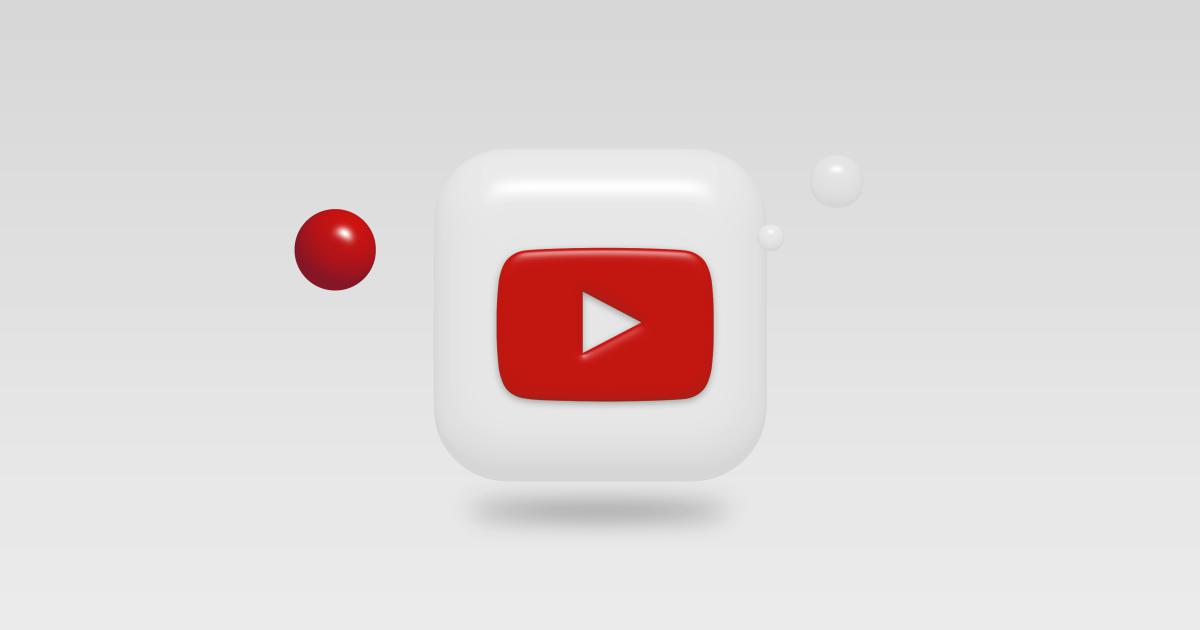
This is an important step because it helps to demonstrate to search engines that you are taking proactive measures to address the issues that led to the penalty in the first place. By disavowing the harmful links, you are essentially telling the search engines that you do not endorse or accept these links, and that you are committed to cleaning up your backlink profile.
Rebuilding a Healthy Backlink Profile
After the harmful backlinks have been identified and disavowed, the final step in the penalty recovery process is to focus on rebuilding a healthy backlink profile. This involves actively seeking out and obtaining high-quality, relevant backlinks from reputable, authoritative websites.

By replacing the harmful links with a diverse, high-quality backlink profile, you can demonstrate to search engines that your website is a valuable, trustworthy resource deserving of improved rankings and visibility.
The Backlink Audit Process: Step-by-Step Guide
Conducting a comprehensive backlink audit is essential for identifying and addressing the root causes of a search engine penalty. Here's a step-by-step guide to the backlink audit process:
Step 1: Gather Backlink Data
The first step in the backlink audit process is to gather as much data as possible about the website's current backlink profile. This can be done using various SEO tools, such as:
- Google Search Console
- Ahrefs
- Moz
- Majestic
- SEMrush
These tools will provide you with a detailed overview of the website's incoming links, including information about the source domains, anchor text, and link types.
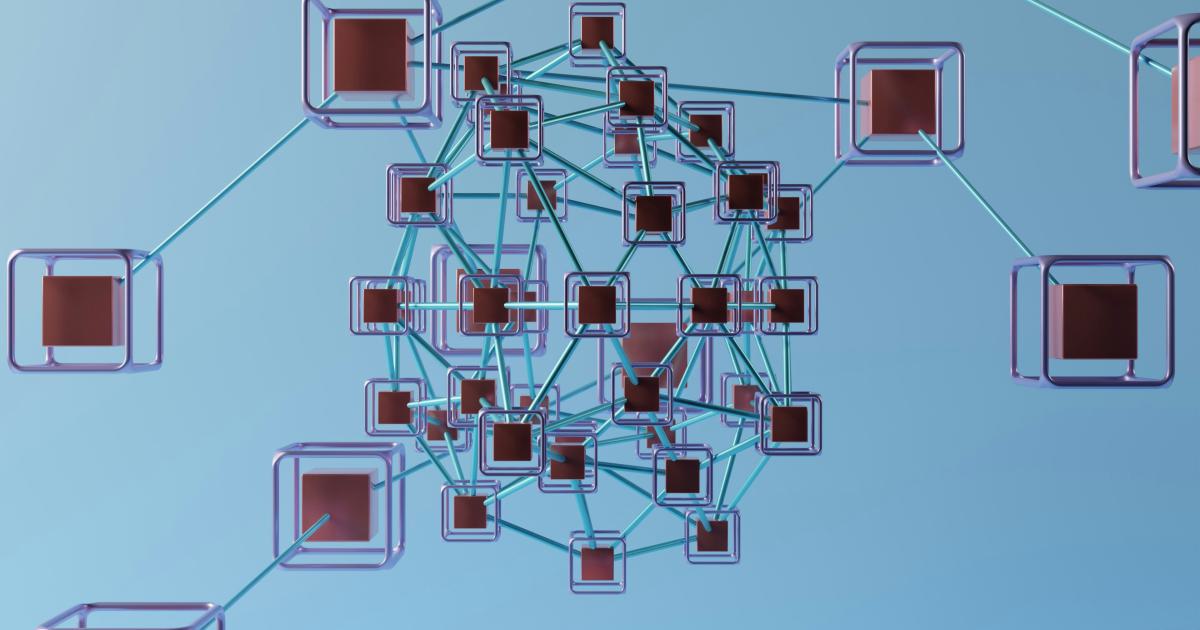
Step 2: Analyze the Backlink Profile
With the backlink data in hand, the next step is to analyze the profile in detail. This involves identifying any potentially harmful or low-quality links that could be contributing to the website's penalty.
Some key factors to look for during this analysis include:
- Spammy or irrelevant anchor text
- Links from low-authority or low-trust websites
- Links from websites with unnatural link profiles
- Links from pages with thin or duplicate content
- Links from link farms or private blog networks (PBNs)

By carefully examining each backlink, you can start to build a clear picture of the website's overall link profile and identify the specific issues that need to be addressed.
Step 3: Categorize and Prioritize the Backlinks
Once the backlink analysis is complete, the next step is to categorize and prioritize the identified links based on their potential impact on the website's SEO performance.
This process typically involves classifying the backlinks into the following categories:
Harmful/Toxic Links: These are the links that are actively harming the website's SEO and need to be removed or disavowed as soon as possible.
Low-Quality Links: These links may not be actively harmful, but they are still not contributing positively to the website's link profile and should be addressed.
Neutral Links: These are the links that are neither harmful nor particularly valuable, and may not require immediate action.
High-Quality Links: These are the links that are actively benefiting the website's SEO and should be preserved and potentially expanded upon.

By prioritizing the backlinks in this way, you can focus your efforts on the most critical issues first, ensuring that the penalty recovery process is as efficient and effective as possible.
Step 4: Disavow Harmful Backlinks
Once the harmful and low-quality backlinks have been identified, the next step is to disavow them using the Google Search Console Disavow Tool.
The disavow process involves creating a text file that lists all the URLs or domains that you want to disavow, and then uploading this file to the Google Search Console. This tells Google that you do not want these links to be counted as part of your website's backlink profile.
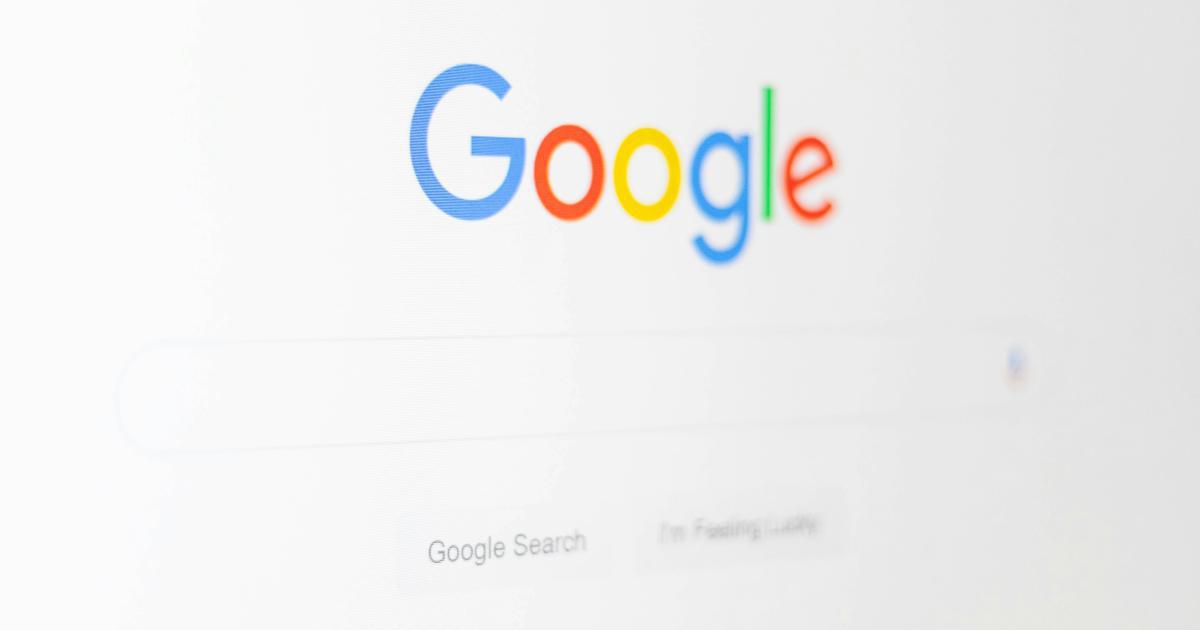
It's important to note that the disavow process should be approached with caution, as improperly disavowing links can potentially do more harm than good. It's always recommended to consult with an SEO expert before submitting a disavow file to ensure that you are taking the right actions.
Step 5: Remove or Outreach for Low-Quality Links
In addition to disavowing harmful backlinks, the next step is to actively work on removing or outreaching for low-quality links that are not actively harming the website's SEO, but are still not providing any value.
For links that are within your control (e.g., links from your own website or guest posts you've written), you can simply remove them. For links that are on external websites, you'll need to reach out to the site owners and request that they remove the link.
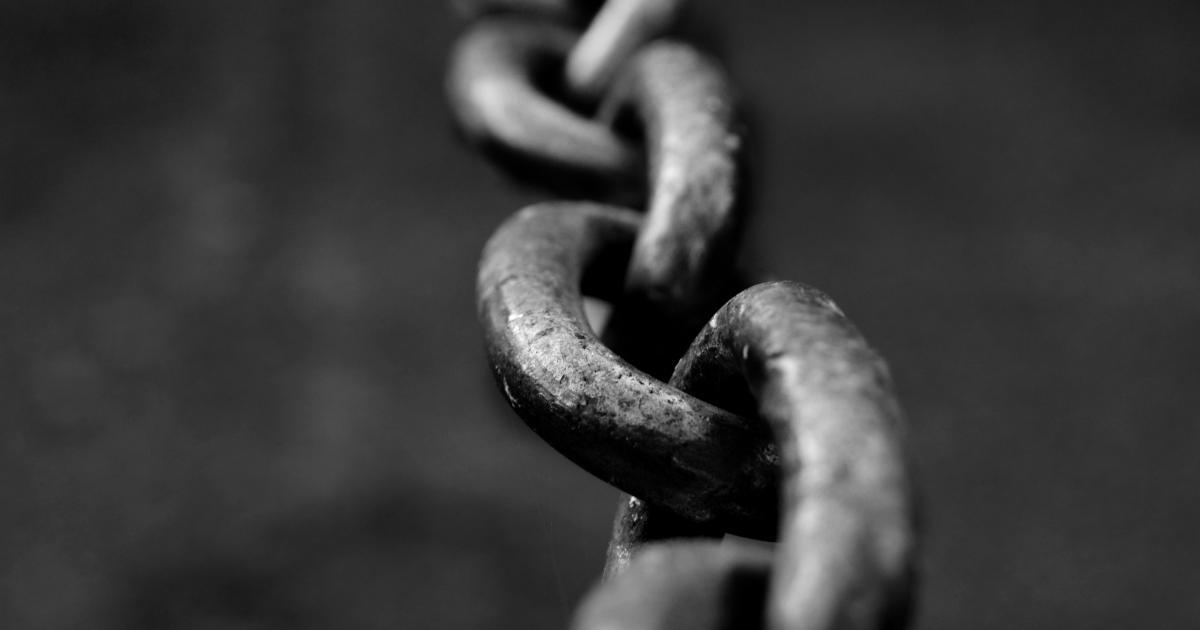
This process of link removal or outreach can be time-consuming, but it's an essential step in rebuilding a healthy backlink profile and recovering from a search engine penalty.
Step 6: Build New, High-Quality Backlinks
Finally, once the harmful and low-quality backlinks have been addressed, the focus should shift to building new, high-quality backlinks to the website. This involves actively engaging in link building strategies, such as:
- Guest posting on relevant, authoritative websites
- Participating in industry-relevant forums and communities
- Leveraging existing relationships to secure links from reputable sources
- Creating and promoting valuable, shareable content
- Optimizing internal linking structure

By replacing the harmful and low-quality links with a diverse, high-quality backlink profile, you can demonstrate to search engines that your website is a valuable, trustworthy resource deserving of improved rankings and visibility.
Best Practices for Successful Backlink Audits and Penalty Recovery
To ensure a successful backlink audit and penalty recovery process, it's important to follow best practices and avoid common pitfalls. Here are some key recommendations:
Maintain Detailed Documentation
Throughout the backlink audit and penalty recovery process, it's crucial to maintain detailed documentation of all actions taken, including:
- The backlink data gathered
- The analysis and categorization of the backlinks
- The disavow file submissions
- The outreach and link removal efforts
- The new link building activities
This documentation will not only help you track your progress, but it will also be invaluable if you need to provide evidence to search engines or other stakeholders.
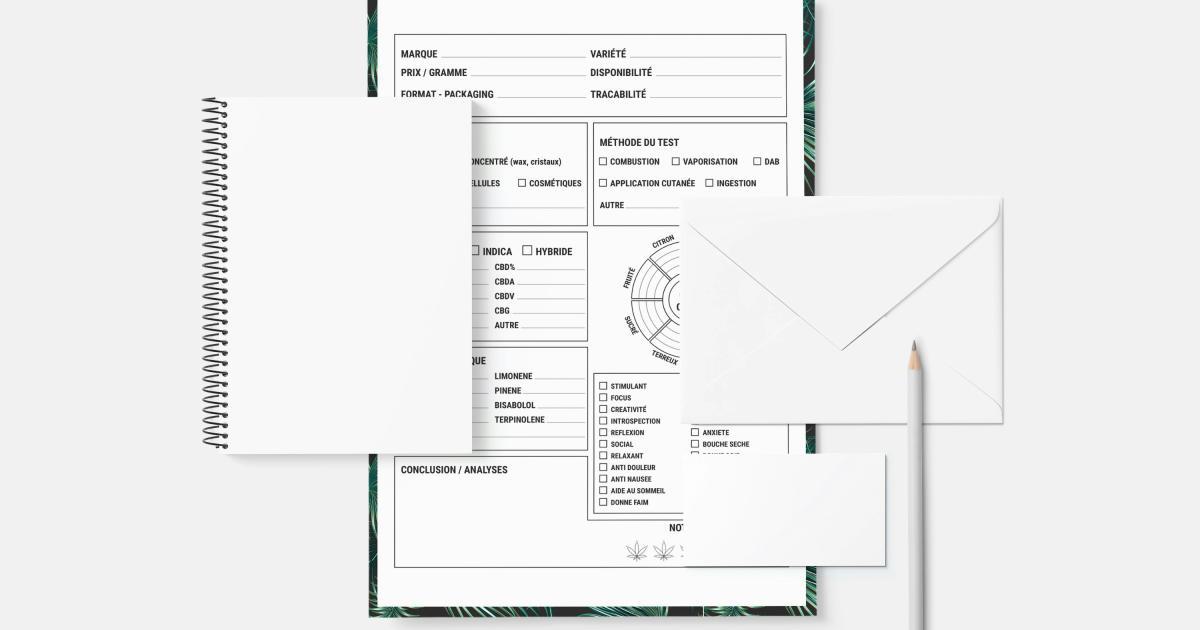
Work with SEO Experts
Conducting a comprehensive backlink audit and navigating the penalty recovery process can be complex and time-consuming. It's often advisable to work with experienced SEO professionals who can provide expert guidance and support throughout the process.
These experts can help you:
- Identify the root causes of the penalty
- Develop a strategic plan for addressing the issues
- Properly execute the backlink audit and disavow processes
- Implement effective link building strategies
- Monitor the website's progress and make necessary adjustments

Prioritize Transparency and Communication
When dealing with a search engine penalty, it's important to be as transparent and communicative as possible. This includes:
- Keeping stakeholders (such as clients or management) informed about the progress of the penalty recovery process
- Providing clear explanations for the actions being taken and the rationale behind them
- Maintaining open lines of communication with search engines, such as through the Google Search Console
- Documenting all interactions and decisions made throughout the recovery process

By demonstrating transparency and open communication, you can build trust with search engines and stakeholders, and increase the chances of a successful penalty recovery.
Continuously Monitor and Optimize
The penalty recovery process doesn't end once the initial backlink audit and disavow actions have been completed. It's crucial to continuously monitor the website's backlink profile and SEO performance, and make adjustments as necessary.
This includes:
- Regularly checking for new harmful or low-quality backlinks
- Continuously pursuing high-quality link building opportunities
- Tracking the website's search engine rankings and organic traffic
- Making timely updates to the disavow file as needed

By adopting a proactive, iterative approach to backlink management and penalty recovery, you can ensure that the website's SEO performance remains strong and sustainable over the long term.
Conclusion: Embracing Backlink Audits for Penalty Recovery
In the complex and ever-evolving world of search engine optimization, the role of backlink audits in the penalty recovery process cannot be overstated. By identifying and addressing harmful or low-quality backlinks, website owners can take the necessary steps to regain their search engine rankings and restore their online visibility.
Through a comprehensive, step-by-step approach to backlink auditing and penalty recovery, website owners can not only resolve the immediate issues at hand, but also build a strong, sustainable backlink profile that will continue to support their long-term SEO goals.
By embracing best practices, working with SEO experts, and maintaining transparency and continuous monitoring, website owners can navigate the penalty recovery process with confidence and ultimately emerge stronger and more resilient in the competitive online landscape.
Are You Crushing It in Internet Marketing?
Struggling to boost your online visibility and traffic? Semrush is the ultimate platform for digital marketers like you. With powerful SEO tools and competitive data insights, you can optimize your website, content, and campaigns for maximum impact.
Join over 7 million marketers already using Semrush to outrank their competitors, drive more qualified leads, and grow their businesses online. Get started today with a 7-day free trial, and unlock the full potential of your internet marketing strategy.
Unlock the Power of SEO with Semrush
Are you struggling to boost your online visibility and drive more traffic to your website? Semrush has the solution.
Our comprehensive platform offers advanced keyword research, competitor analysis, and SEO audits, empowering you to optimize your content and outrank your competition.